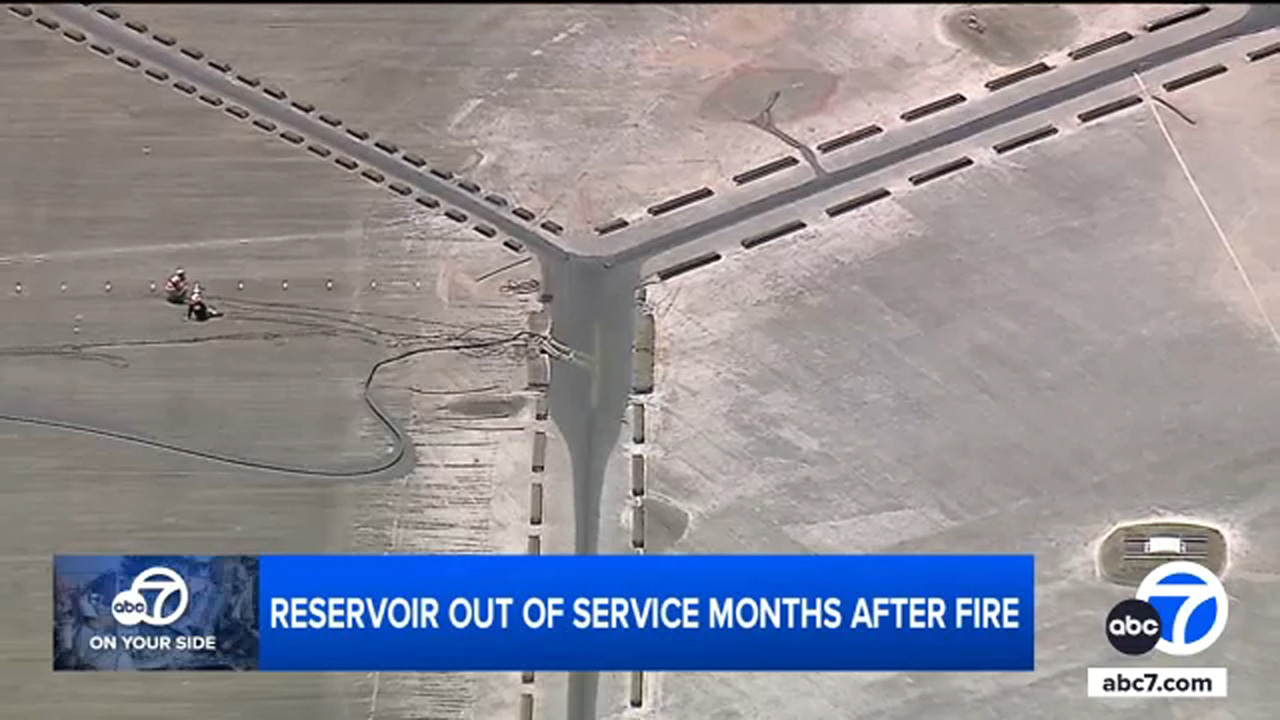Marine Mammal Care Center and LAUSD set up triage care area as more sea lions become sick


SAN PEDRO, LOS ANGELES (KABC) -- The Marine Mammal Care Center in San Pedro and the Los Angeles Unified School District are teaming up to help care for the many sea lions that have gotten sick from a toxic algae bloom.
Sea lions and dolphins have been washing up along the coastline from Santa Barbara through Santa Monica and down into Orange County.
The planktonic algae are what makes the water look green and is producing a toxin that builds up in the food chain. Seals, sea lions and dolphins eat fish that have eaten these algae, which then makes them sick. Experts said the number is higher than what they've seen in many years.
The Marine Mammal Care Center is trying to take care of all the sea lions but needs to expand to keep up.

"Right now, the Marine Mammal Care Center has over 113 animals on our site," said Dave Bader, a marine biologist and chief operations and education officer at the Marine Mammal Care Center. "That's a mixture of both California sea lions that have been affected by demoic acid and we're still actually working on rehabilitation for this year's annual stranding season."
LAUSD stepped in to help create a holding enclosure/triage space in the center's parking lot.
"It's unusual for these beautiful creatures to experience dehydration seizures and if not treated, even death," said LAUSD Superintendent Alberto Carvalho. "That is why what is happening here today and it's been happening here for a number of weeks is so critically important."
Algal blooms happen from time to time, but experts said this one is causing an extra burden. It's been off the coast since the beginning of June and could stick around for much longer.
READ MORE | Harmful algae bloom in Santa Barbara, Ventura counties poisoning sea lions and dolphins
The public can help by emailing Info@marinemammalcare.org to report any sea lions that are stranded with a picture and location. You can also make a donation by visiting the Marine Mammal Care Center's website.
"We're currently experiencing over $250,000 in additional expenses we're projecting for this event," said Bader. "That's above what we budgeted for this year. There's another 40,000 pounds of fish that we're going to have to buy to feed these animals."






